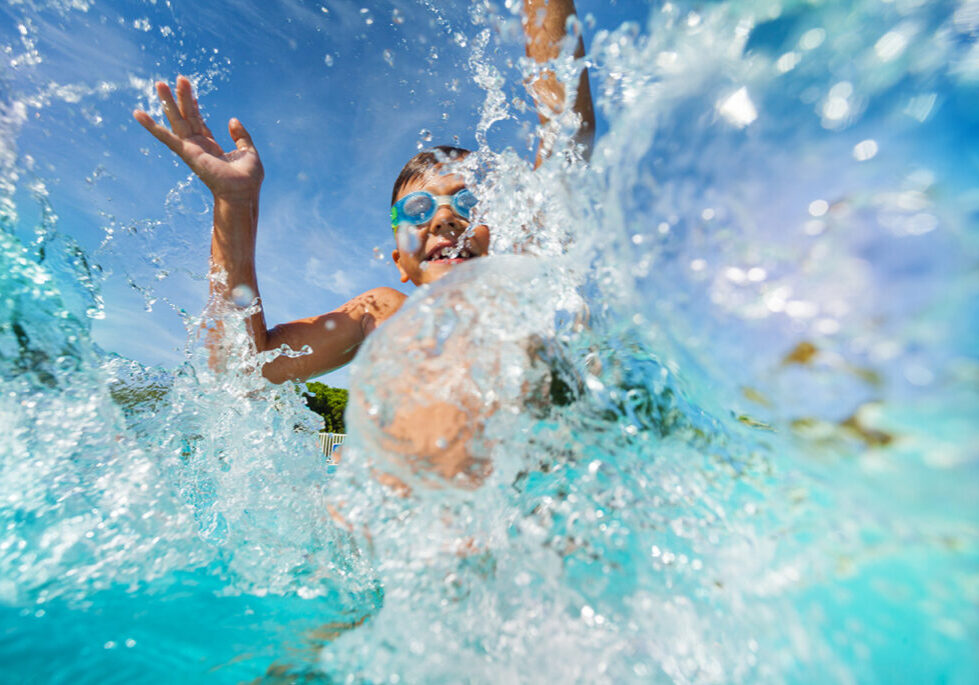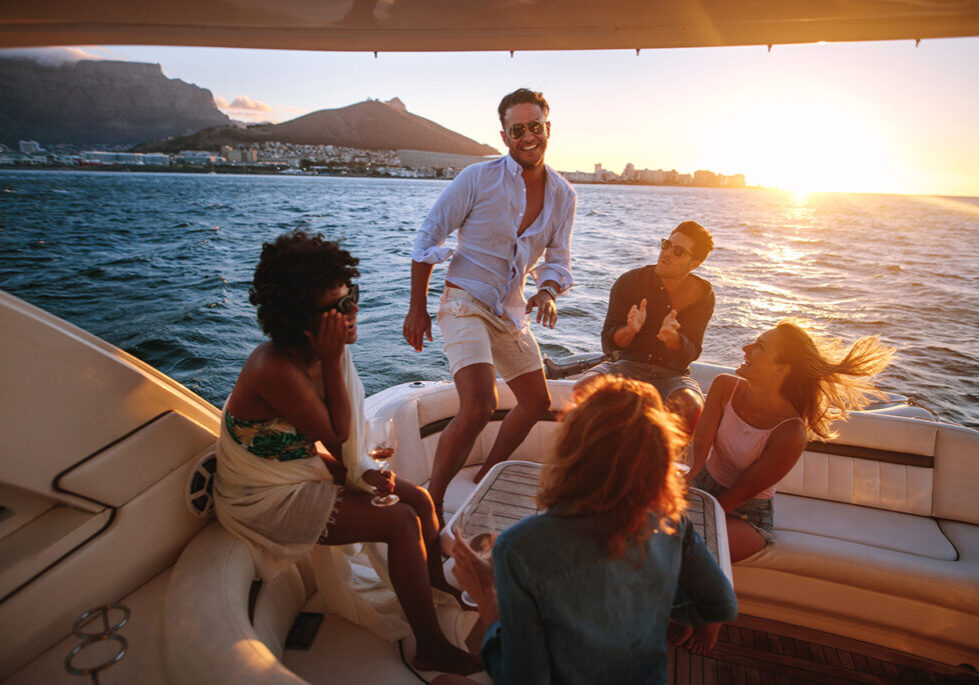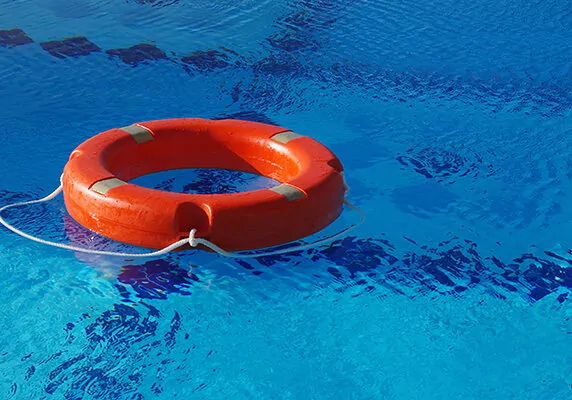Duck tours have become a tourist staple across the United States. Using amphibious vehicles called “ducks” or “duck boats,” operators can take tourists on rides through the scenic and historic areas of a city, and then easily transition into nearby waterways for a unique perspective. The first duck tours began in 1946 at Wisconsin Dells, Wisconsin, using World War II-era military surplus DUKW and LARC-V vehicles. While most tour operators have moved on to purpose-built amphibious tour buses, the duck boat remains in operation throughout the US.
However, the unique charm of the duck boat has lost some of its luster. Since 1999, these vehicles have been involved in a series of fatal boating accidents on and off the water. The most recent of these tragedies happened in July 2018, killing 17 people at Table Rock Lake in Branson, Missouri. Duck tour companies nationwide are now on the defensive, facing renewed calls from critics demanding an outright ban of the vehicles.
Missouri duck boat operator faces investigations and a $100 million lawsuit after disaster on the water
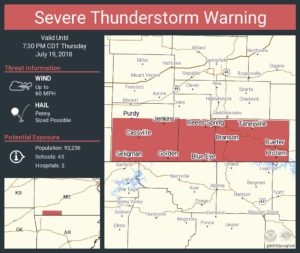
On July 19th, 2018, Table Rock Lake had been in the path of an oncoming thunderstorm packing winds in excess of 70 mph. At 11:20 that morning, the National Weather Service office in Springfield issued a severe thunderstorm watch scheduled to remain in effect until 9 PM. At 6:32 PM, a severe thunderstorm warning was issued by the NWS. The warning stated that winds of up to 60 mph and hail up to ¾” in diameter could be experienced in the region around Table Rock Lake.
23 minutes later, at 6:55 PM, Stretch Duck 7, a duck boat operated by Ride the Ducks Branson, entered the water. Conditions quickly worsened, and footage from witnesses nearby showed Stretch Duck 7 floundering in three-foot whitecaps. At approximately 7:08 PM, the boat sank.
Of the 31 people on board, 17 drowned, including 9 members of a single family. A surviving member of the family claimed the duck boat crew specifically discouraged life jackets. By the time the boat started taking on water, it was too late to get to the life jackets, as the boat capsized and sank quickly. Divers assisting with the NTSB investigation confirmed that the victims were not wearing life jackets.
A lawsuit was filed ten days after the incident on behalf of the Coleman family, seeking $100 million in damages for their losses. Ride the Ducks was accused of ignoring storm warnings in the critical hour before the actual sinking. The suit also accuses the company of using flawed duck boat designs that made them more likely to sink under these conditions.
Weak federal oversight has failed to prevent duck boating accidents like the Table Rock sinking in the past.
Of particular concern to the NTSB was Stretch Duck 7’s canopy. For over two decades, the agency has been critical of duck boats with these canopies, describing them as potential death traps. When the Stretch Duck 7 capsized, it is very likely that some of the victims may have been trapped by the canopy. However, despite the NTSB’s concerns about the design, Ride the Ducks continued to use the design.
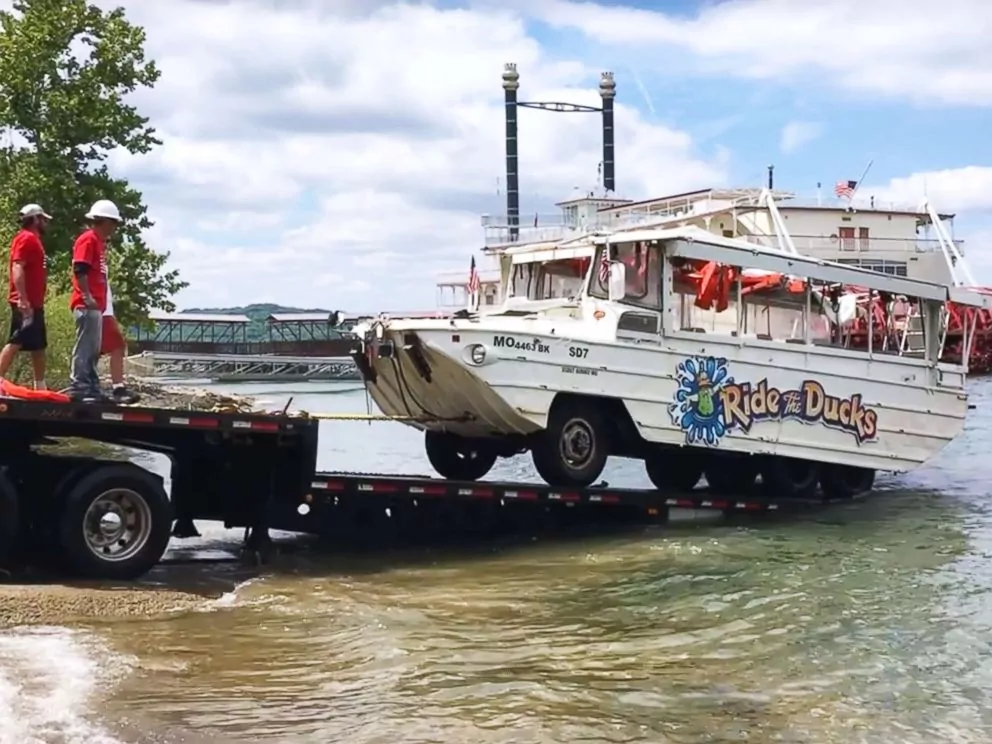
NTSB investigators stated their concerns in 1999, in the wake of another tragic duck boat accident. The Miss Majestic, operating in Hot Springs, Arkansas, began taking on water a few minutes after venturing into the water. A day prior, the tour operator had attempted to repair a bilge pump intended to pump water out of the boat. Less than a minute after the leak was noticed, the boat sank. Thirteen people drowned. Investigators found seven victims still in the boat, four of them pinned against the canopy. Most of the survivors claimed the overhead canopy presented a major obstacle to their escape as the boat went under. Worse still, at the time life vests were not required to be worn by passengers as the duck traveled over water.
Another duck boat sank three years later, this time in Canada’s Ottawa River. The Lady Duck, a converted Ford pickup truck, took four passengers down with her after the bilge pumps failed. As with the Hot Springs incident, the Lady Duck was also equipped with an overhead canopy. A combination of lax safety rules and regulations, and faulty equipment on board the makeshift vessel ultimately contributed to the deaths. It was not the first time the duck boat had placed passengers at risk; the Lady Duck was involved in a near-sinking the previous year.
These two boating accidents initiated increased scrutiny of amphibious passenger vehicles.
Duck boat accidents have not been limited to water. Design flaws and unsafe operational practices have led to serious injuries and deaths on land.
The design of duck boats has been called into question due to accidents on the water, but their record on land is also questionable. Two prominent accidents involving duck boats on land occurred in 2015.
A Texas woman died in May 2015 when she walked in front of a duck boat as it drove through Philadelphia’s Chinatown. While her distraction contributed to the accident, the driver of the duck boat was unable to see the pedestrian. Critics have cited massive blind spots as one of the many safety concerns about duck boat designs.
Later in 2015, another duck boat operated out of Seattle, Washington lost control on the Aurora Avenue bridge. It crashed into a nearby passenger bus, killing five people. Eleven duck boat passengers were thrown free of the duck boat onto the freeway. Federal law did not require duck boat passengers to wear seat belts while on land. Investigators discovered the left front axle of the duck boat had been completely sheared off.
Further investigations concluded that Ride the Ducks International, the company who manufactured the duck boat in the accident, were aware of serious defects in their design. Had they followed industry guidelines and regulations, the tragedy could have been prevented. Additionally, the company had not properly registered as a vehicle manufacturer, which allowed for serious gaps in federal oversight.
Weak oversight of amphibious passenger vehicle design and operation remains a concern for many critics.
Duck boat operators continue to cite the safety rules they implement, pointing out that accidents are rare compared to other forms of vehicle-related accidents. Critics cite what they feel are critical design flaws, and a perceived lack of governmental response to these boating accidents. Many older duck boats still suffer from large blind spots that make them potentially dangerous on land. Others still incorporate overhead canopies similar to those believed to have trapped drowning victims.
Today, many duck boat operators now use specialized machines that are considerably more advanced than the original World War II designs. But despite the advantages of these newer amphibious vehicles, they have yet to completely replace older ducks and makeshift conversions.
Duck boats present unique legal challenges for operators and the government alike. They are beholden to the rules of the road, but are also required to comply with maritime laws. As demonstrated by the Seattle Aurora Bridge accident in 2015 and 2018’s Table Rock Lake sinking, existing laws have not been able to prevent accidents, nor have they dissuaded operators from taking risks with their passengers. Whether due to failures in safety protocols or maintenance, or failing to respect the power of weather, critics argue that duck boat accidents have claimed lives that never should have been imperiled to begin with.
This blog is not meant to dispense legal advice and is not a comprehensive review of the facts, the law, this topic or cases related to the topic.

